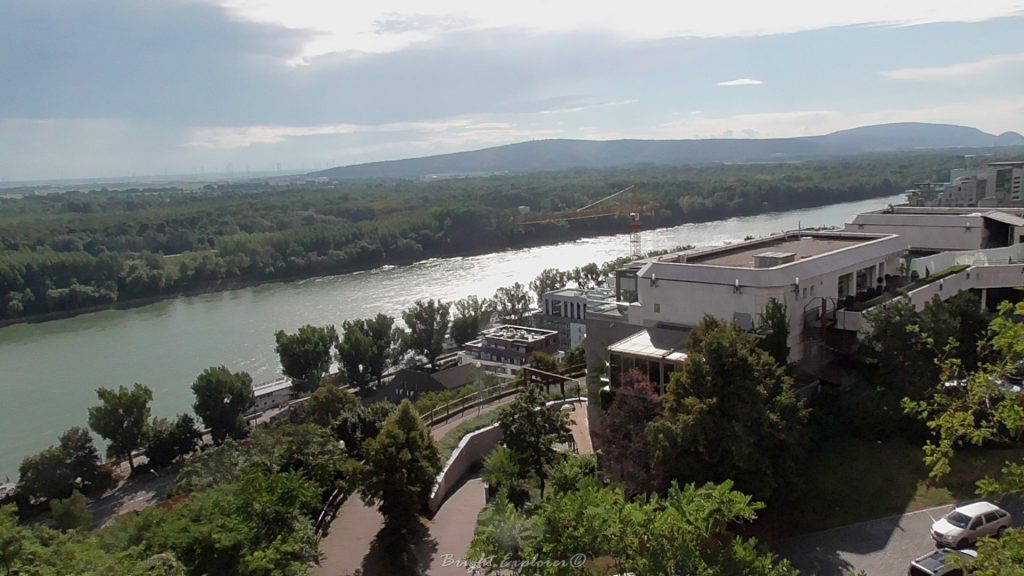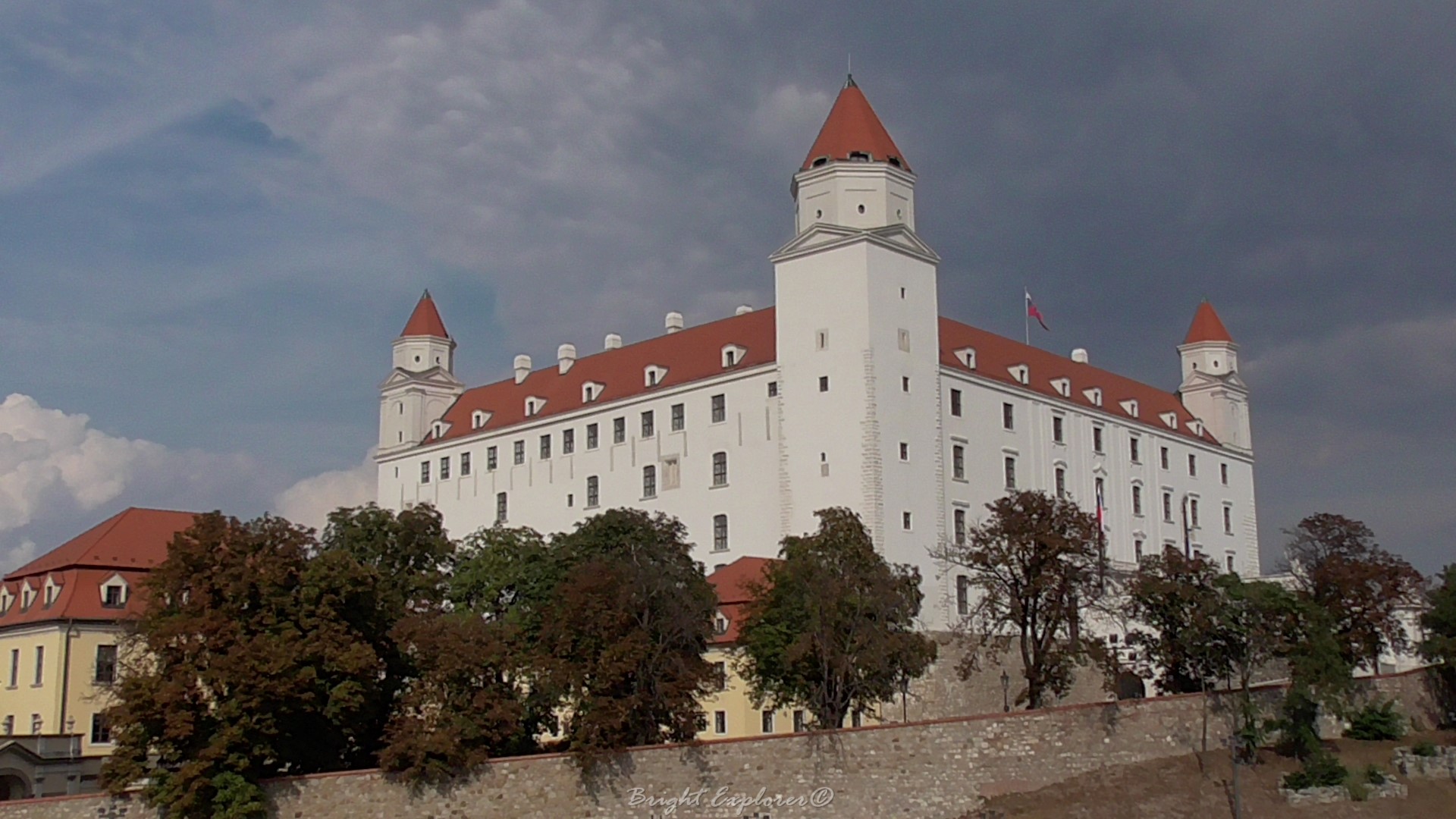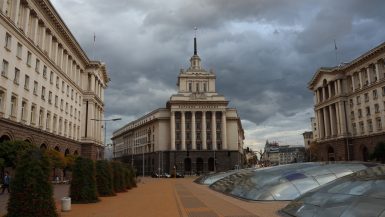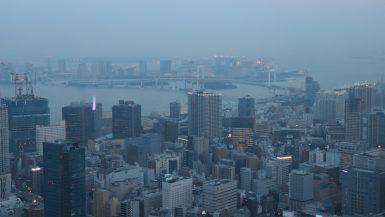Bratislava is the capital of Slovakia and lies in the center of Europe around the rivers Danube and Morava. It is full of university and college students, so it is a really alive city. Bratislava combines the medieval old town, with baroque palaces, the Castle, communist blocks, and the futurist bridge.

The best time to visit Bratislava
The best time to visit Bratislava is during the mild temperatures of March until October. Pick spring as it is the best time to visit it, because the trees are full of fruits and the Slovak roads full with flowers.
Bratislava is, also, very popular during winter. It has its charm during Christmas with all the European traditions, the Christmas songs, the festive hot (alcohol) drinks and the open-air ice-skating. Maybe you will be favored by the weather to enjoy the city with snow! Book now your hotel or apartment on Agoda or Vrbo.
How to go to Bratislava
There are many ways to go to Bratislava.
Firstly, you can choose non-stop flights from all over Europe. The prices are higher during summer and Christmas, but still not that expensive. Outside the airport there are buses, the tram and taxis that can get you into town in 10-20 minutes. You can book your transfer here.
Central Europe has also many Railway Companies available for you to hop on wherever you come from and stop in Bratislava’s main station “Hlavná stanica”. Some of them are high-speed and are connected to Vienna, Austria.
Lastly, you can have a nice bus trip to appreciate the nature of Slovakia. You can take the bus from most European cities and relax for the rest of the trip.
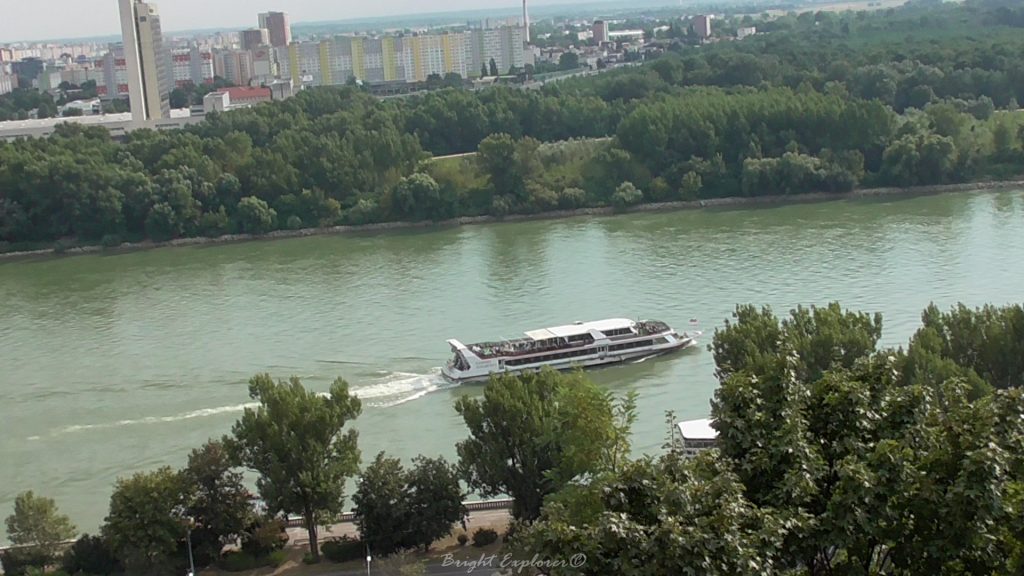
Where to party in Bratislava
The truth is that when you are thinking of famous party-hosting countries, Slovakia is not one of them. College students, though, disagree, as for them Bratislava is more like “Party-slava”. Indeed, if you want, you can find clubs, music bars and pubs that play every kind of music you are in the mood to dance to, along with cocktails and beer.
The main nightlife areas are Old Town at the Michalská, the Ventúrska and the Obchodná streets as well as the Hviezdoslavovo and the SNP squares.
What to see in Bratislava
Bratislava has a few sightseeing areas and buildings that you should definitely walk through and visit.
Old town
The Old town of Bratislava is definitely worth a visit. It is the historical center that contains all the important landmarks: the cultural institutions, the Bratislava castle, the government buildings, and the UFO Observation Deck. While wandering, make a stop at a local pub for a refreshing beer and hop on the tram to continue your trip. Book a tour of the city here.
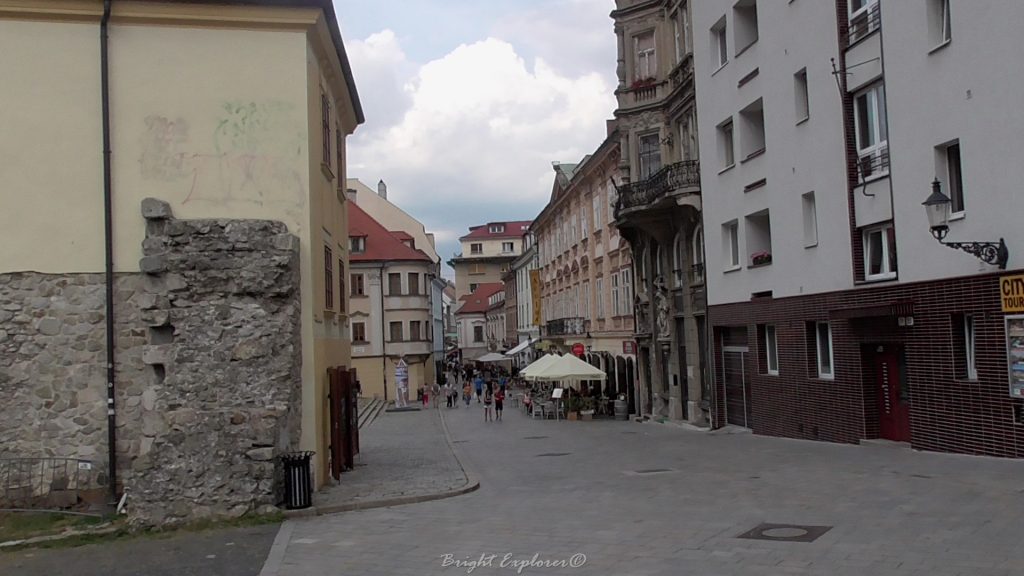
Bratislava castle
Bratislava castle is located on the hill above the Old town. It dates back to the Stone Age and through historical narrations, the tourists can learn about the ethnical roots of Slovaks and the numismatic collection from ancient times until now. The view from the castle is exquisite and a definite hotspot for photography shootings.

UFO Observation Deck
Another place where you can admire the beauties of Bratislava is on the UFO Observation Deck. It is 100 m above the ground and has a perfect view of the sunset and Danube river, which you can enjoy in the UFO restaurant over a romantic glass of wine and traditional Slovak food. The UFO Observation Deck is a part of the Soviet futuristic architecture of the New Bridge, previously known as the Bridge of the Slovak National Uprising. It was opened in 1972 as an honor to the Slovak resistance to the 1944 German invasion. The New Bridge is the 7th largest hanging bridge in the world!
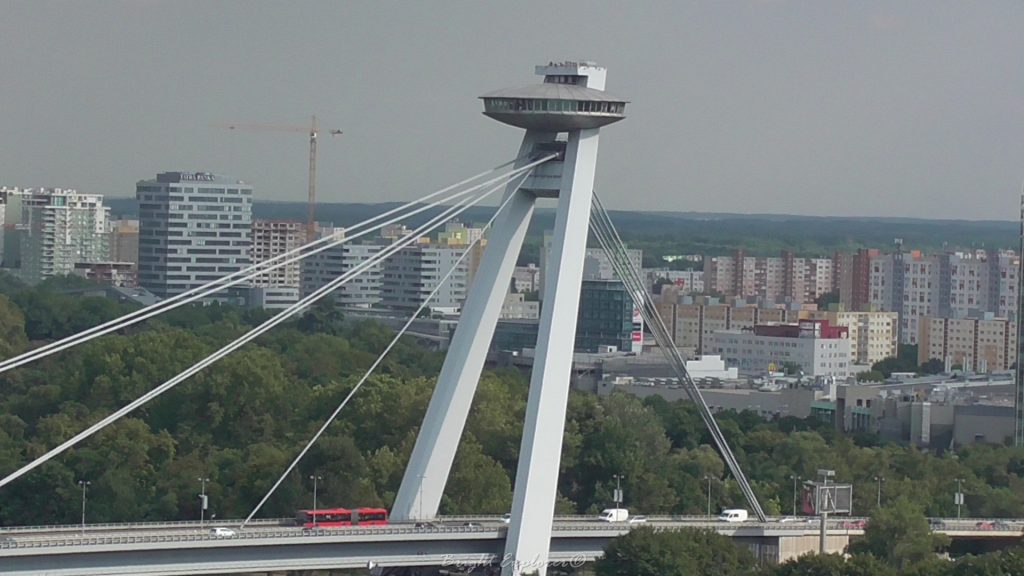
Presidential Palace
The Grassalkovich Palace is the residence of the Slovak president, similar to the White House. It looks like Buckingham Palace in the UK and it even has a change of guards at noon every weekday. It was finished in 1760 and was the center of Baroque musical life, with Joseph Haydn, the Austrian composer, to be performing there for the first time! Now the French gardens serve as a park open for the public, with modern art statues and kiosks to sit.
Slavin
Slavin is a memorial monument and military cemetery for the thousands of Soviet soldiers that fell during World War II in 1945. It is close to the Bratislava castle. It accommodates 6,845 buried soldiers. It opened in 1960 and in 1961 it was declared as National Cultural Monument. Its walls show lists with the dates of cities’ liberation.
